South America’s diverse landscapes offer some of the most breathtaking hiking experiences on the planet. From the towering Andes to coastal paths hugging the Atlantic and Pacific, the continent delivers natural spectacles that remain etched in memory long after your boots have dried and your photographs have been shared.
Here is a list of 18 South American trails that showcase the continent’s most impressive vistas—paths where the journey and destination compete for your attention through extraordinary natural beauty.
Inca Trail

The legendary path to Machu Picchu stands as South America’s most famous trek for good reason. This 26-mile ancient highway winds through cloud forests, alpine tundra, and subtropical jungle before culminating at the Sun Gate with that iconic first glimpse of the lost city.
The trail follows original paved Incan pathways, climbing past lesser-known ruins like Wiñay Wayna and featuring mountain passes reaching nearly 14,000 feet. Despite strict permit limitations, approximately 500 hikers start this journey daily during peak season.
Torres del Paine W Trek
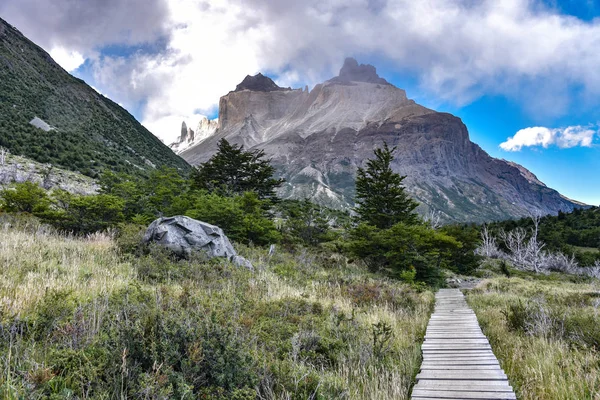
This Chilean Patagonia classic creates a W-shaped route through some of the hemisphere’s most dramatic mountain scenery. Hikers traverse past turquoise lakes, massive glaciers, and through valleys framed by impossibly jagged granite peaks.
The route’s centerpiece, the Torres themselves—three pink granite towers soaring over a glacial lake—alone justify the challenging terrain. The weather here constantly changes, creating dramatic lighting conditions that transform the landscape throughout the day.
Like Travel Pug’s content? Follow us on MSN.
Ausangate Circuit
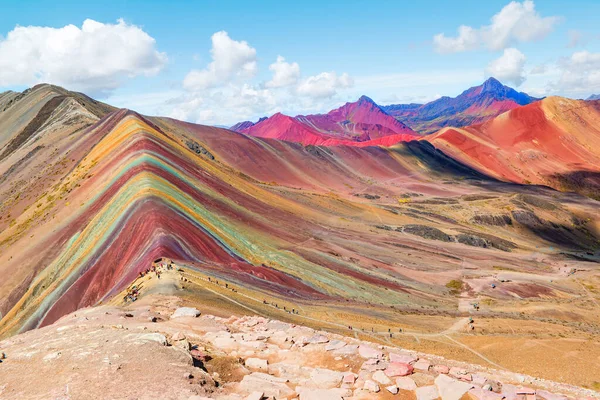
Circling Peru’s sacred mountain, this high-altitude trek never drops below 14,000 feet while showcasing mineral-stained red mountains, turquoise lakes, and hot springs. The 43-mile route passes through traditional Quechua communities where alpaca herders maintain centuries-old traditions largely unchanged by modern influence.
Unusual geological features like the striated Vinicunca (Rainbow Mountain) draw photographers, though the trail remains far less crowded than nearby Inca alternatives. Nights here deliver star displays of extraordinary clarity in the thin mountain air.
Chapada Diamantina
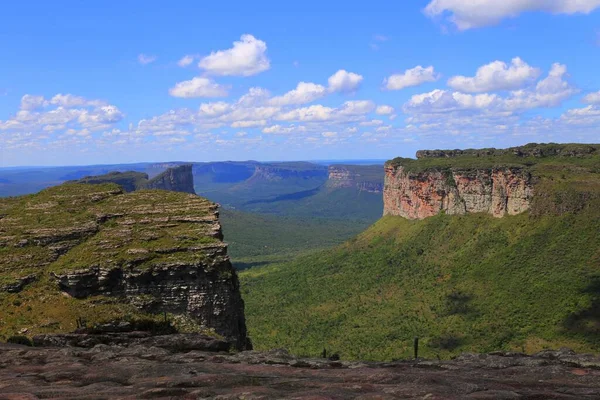
Brazil’s hidden gem features table mountains, crystal-clear rivers, and countless waterfalls throughout this former diamond mining region. The trail network connects natural swimming holes where water is so transparent it appears swimmers are suspended in air rather than liquid.
Ancient trails once used by prospectors now guide hikers through terrain resembling a lost world, with endemic plant species clinging to canyon walls. The Vale do Pati section particularly impresses with its combination of challenging hiking and jaw-dropping viewpoints.
Huayhuash Circuit
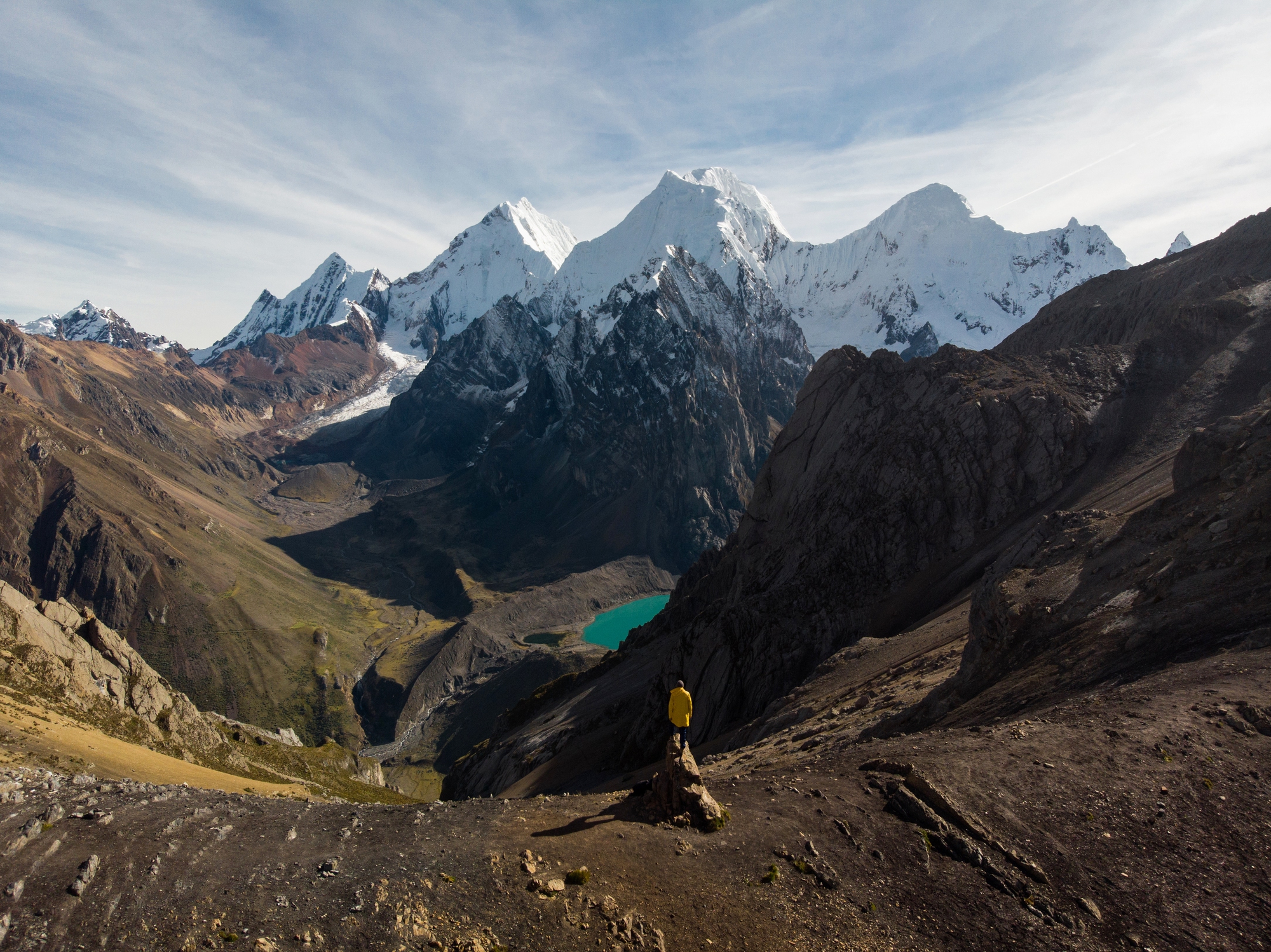
This demanding Peruvian trek circles a compact but spectacular mountain range containing seven peaks exceeding 19,500 feet. The 10-day journey passes emerald lakes reflecting snow-capped mountains while crossing numerous high passes that deliver panoramic views across the Cordillera.
Morning light striking Yerupajá, Peru’s second-highest mountain, creates a natural spectacle worth the challenging ascents. Local Quechua communities operate basic shelters along certain sections, offering warm meals after long hiking days.
Like Travel Pug’s content? Follow us on MSN.
Santa Cruz Trek
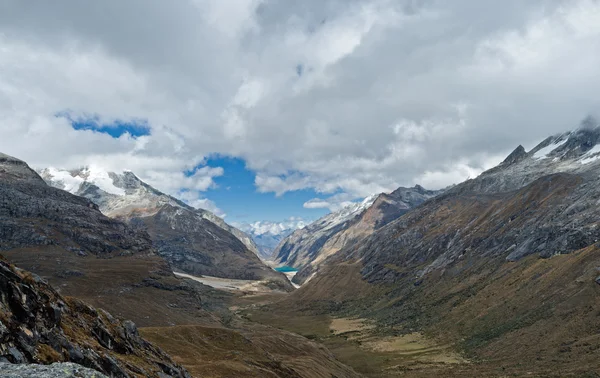
Threading through Peru’s Cordillera Blanca, this accessible trek delivers alpine scenery comparable to the Himalayas without requiring technical climbing skills. The trail passes beneath Alpamayo, once voted ‘world’s most beautiful mountain’ for its perfect pyramidal form.
Turquoise glacial lakes dot the route, while snow-capped peaks exceeding 20,000 feet create a constant backdrop. Despite its relatively short 31-mile length, the route crosses Punta Unión pass at 15,580 feet, requiring proper acclimatization before attempting.
Fitz Roy Trek
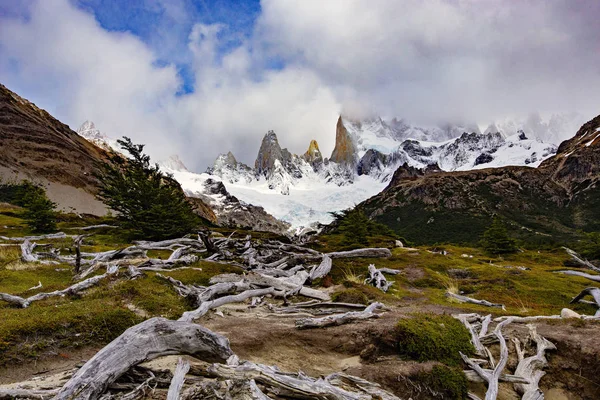
Argentina’s hiking masterpiece winds beneath the iconic sawtooth profile of Mount Fitz Roy, a mountain so technically challenging it wasn’t successfully climbed until 1952. The main trail leads to Laguna de los Tres, where three peaks reflect perfectly in the glacial water during rare windless moments.
Dawn brings an extraordinary light show as alpenglow transforms the granite faces from gray to brilliant orange. The nearby town of El Chaltén provides an excellent base with surprising culinary options for pre- and post-trek meals.
Cocora Valley
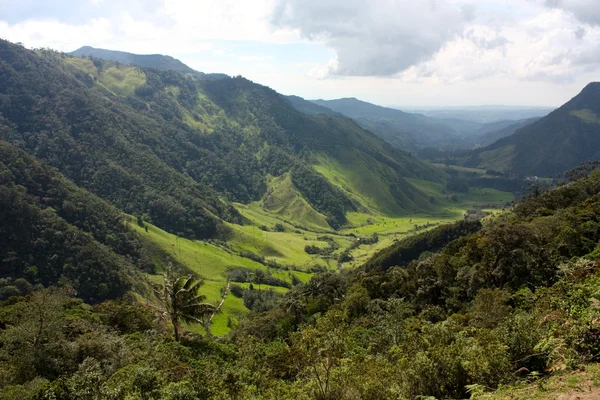
Colombia’s iconic wax palm forest creates perhaps South America’s most distinctive hiking landscape. These slender palms – the world’s tallest – soar up to 200 feet against green mountain backdrops in scenes reminiscent of Dr. Seuss’s illustrations.
The loop trail combines cloud forest sections with open valleys where hundreds of palms create surreal perspectives against the sky. Colombian hikers often pack traditional agua panela (sugar cane drink) for energy while traversing the approximately 7-mile circuit.
Like Travel Pug’s content? Follow us on MSN.
Perito Moreno Glacier Trails

This Argentine national park offers various paths, providing different perspectives of one of Earth’s few advancing glaciers. The network of wooden walkways allows hikers to witness massive ice chunks calving into Lago Argentino with thunderous cracks.
More challenging trails climb adjacent hills for aerial views showcasing the scale of this 97-square-mile ice formation. The contrast between the dense forest and the blue-white wall of ancient ice creates photographic opportunities that change hourly with shifting light conditions.
Quilotoa Loop
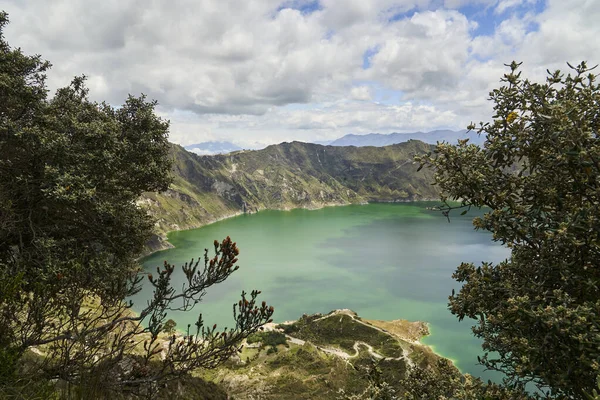
Ecuador’s rural trekking route connects indigenous villages around a water-filled volcanic crater glowing with mineral-rich turquoise water. The multi-day journey passes through traditional farming communities where locals still dress in distinctive regional clothing while tending crops on impossibly steep hillsides.
Rustic homestays allow cultural immersion alongside physical challenges, as trails follow ancient paths between market towns. The final descent to Quilotoa crater rewards hikers with views across the 3-kilometer caldera formed by a catastrophic eruption centuries ago.
Lençóis Maranhenses Trails
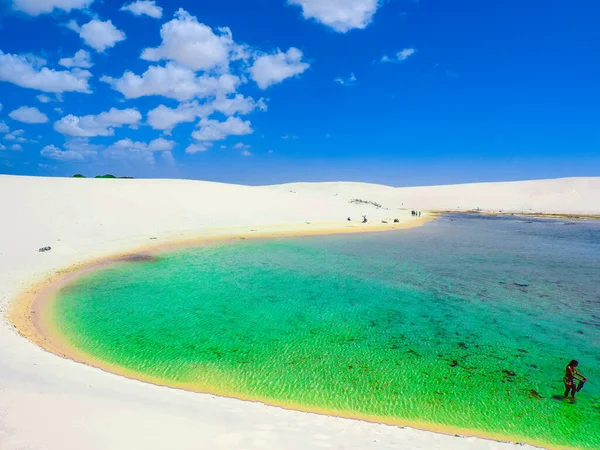
Brazil’s most alien landscape features endless white dunes punctuated by seasonal rainwater pools of startling blue. While not a formal trail system, guided routes traverse this surreal terrain where the desert meets the tropical coast in a geological anomaly.
The constantly shifting sands create an ever-changing landscape where no permanent path exists. The most photogenic conditions occur between June and September, when thousands of temporary lagoons reach their fullest between the stark white dunes.
Like Travel Pug’s content? Follow us on MSN.
Tayrona National Park Coastal Trail
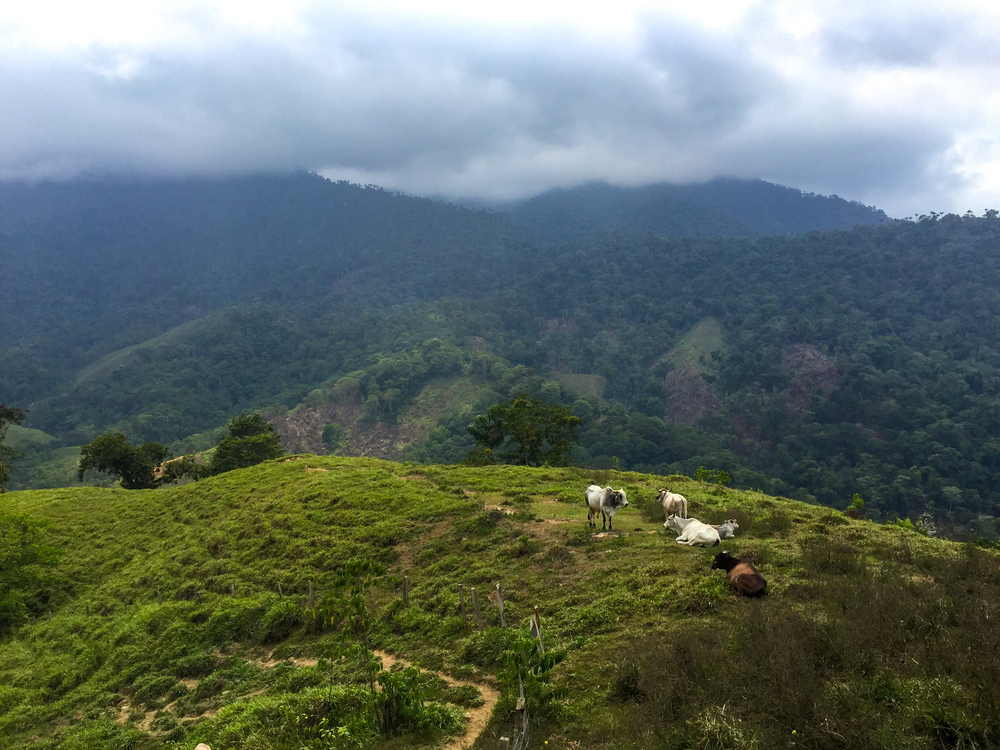
Colombia’s Caribbean coastline transforms into a hiker’s paradise where jungle-covered mountains meet perfect beaches. The trail alternates between forest sections alive with howler monkeys and coastal stretches where coconut palms frame views of crashing waves against massive boulders.
Ancient paths used by the indigenous Tayrona people connect beaches accessible only on foot, with primitive camping options available at designated sites. Morning hikes often reveal fresh jaguar tracks in the sand, though the elusive cats themselves remain rarely seen.
Huaraz to Chavín
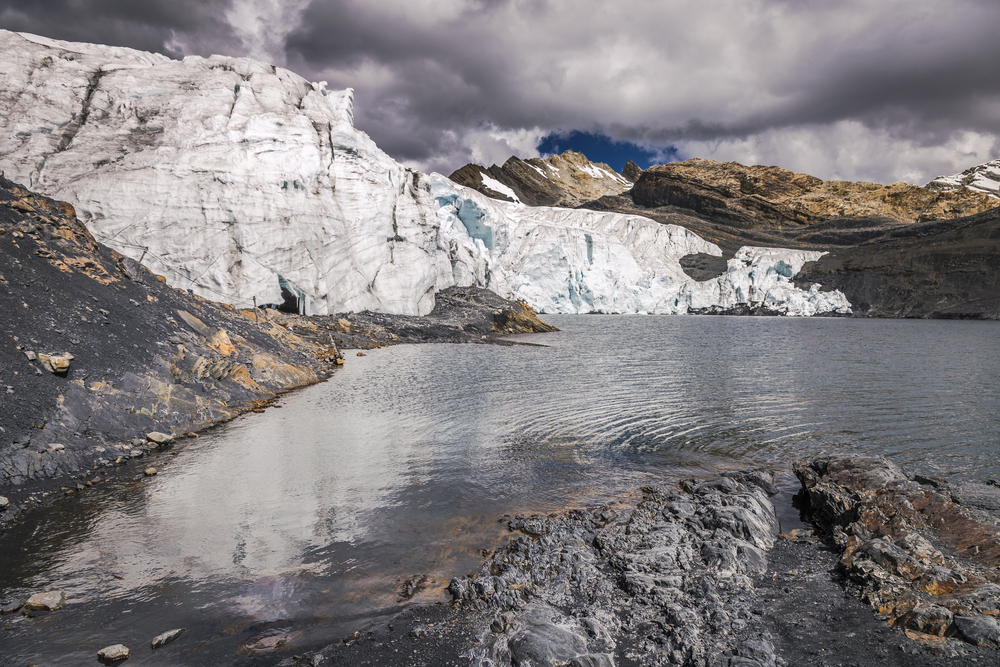
This Peruvian route crosses Yanashallash Pass at 15,000 feet while connecting pre-Incan archaeological sites through breathtaking mountain terrain. The trail follows ancient pilgrimage paths used for over 3,000 years while passing lakes reflecting perfect mountain silhouettes.
Hikers occasionally encounter locals using these traditional routes for commerce between isolated villages. The destination, Chavín de Huántar, features elaborate stone carvings and underground passages constructed with astonishing precision nearly three millennia ago.
Isla del Sol
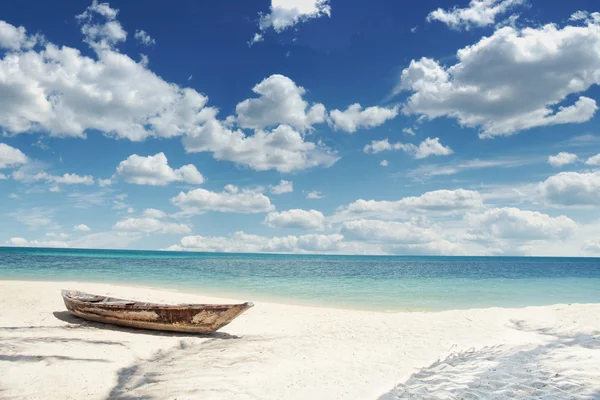
Bolivia’s sacred island of Lake Titicaca offers simple trails with outsized rewards across terrain considered the birthplace of Incan civilization. The complete island traverse covers just 5.5 miles but climbs ancient stone staircases connecting rural communities where traditional agriculture continues on pre-Incan terraces.
Views extend across the world’s highest navigable lake to snow-capped peaks of the Cordillera Real. The island’s southern tip houses ruins where, according to mythology, the sun god first emerged to illuminate the world.
Like Travel Pug’s content? Follow us on MSN.
Roraima Trek

The journey to Venezuela’s Table Mountain crosses the savanna before ascending a natural stone ramp to a prehistoric landscape atop a 9,000-foot plateau. The summit area features bizarre rock formations, carnivorous plants, and endemic species that evolved in isolation on this 2-billion-year-old sandstone remnant.
Crystal pools collect rainwater between black rock labyrinths, unlike anywhere else on Earth. The mountain served as inspiration for Arthur Conan Doyle’s “The Lost World,” with its otherworldly terrain seeming perfectly suited for dinosaurs.
Dientes de Navarino Circuit
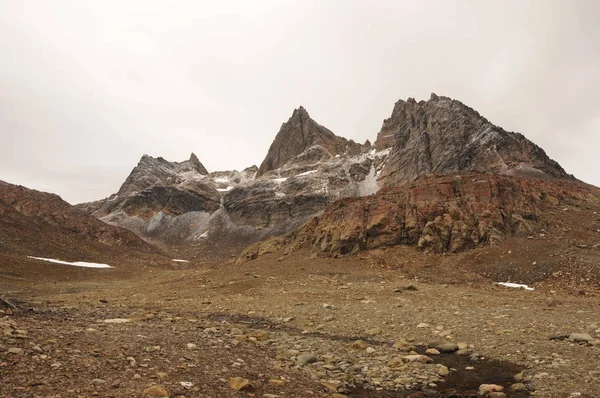
The world’s southernmost trek circles jagged peaks resembling teeth on Chile’s remote Navarino Island near Antarctica. Weather conditions change rapidly, creating dramatic lighting across landscapes few humans ever witness.
The trail passes through southern beech forests stunted by harsh conditions before climbing above treeline to windswept passes. Completion earns bragging rights for reaching what many consider the true ‘end of the world’ beyond the more famous Tierra del Fuego.
Valle de Cochamó
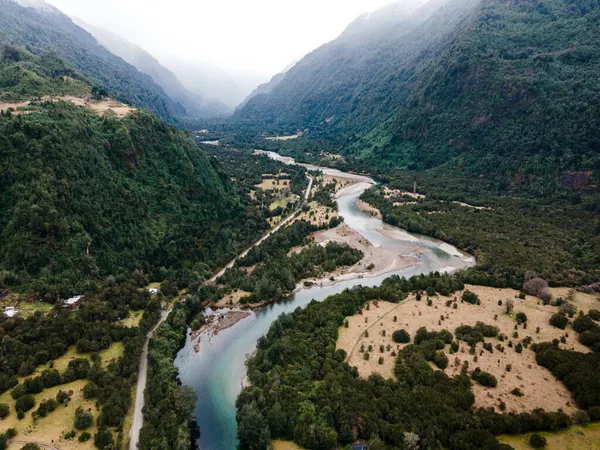
Often called ‘Chile’s Yosemite,’ this valley features towering granite walls drawing climbers while hikers enjoy the trail along the valley floor beneath 3,000-foot cliffs. Crystal-clear rivers create natural pools throughout the journey, while waterfalls stream from seemingly impossible heights above.
Local guides point out condor nesting sites on massive rock faces where these endangered birds soar on afternoon thermals. The relatively low elevation makes this accessible year-round despite its remote location.
Like Travel Pug’s content? Follow us on MSN.
Choro Trail

Bolivia’s historic route descends nearly 10,000 vertical feet from the Andean highlands through multiple ecological zones to the subtropical jungle. The well-preserved Incan highway features original stonework while passing pre-Columbian ruins and isolated villages accessible only on foot.
Vegetation transforms dramatically along the route, from sparse highland scrub to lush cloud forest within a single day’s hiking. The trail served as an essential trade route between altiplano communities and tropical lowlands for centuries before modern roads existed.
Where Paths and Memories Converge
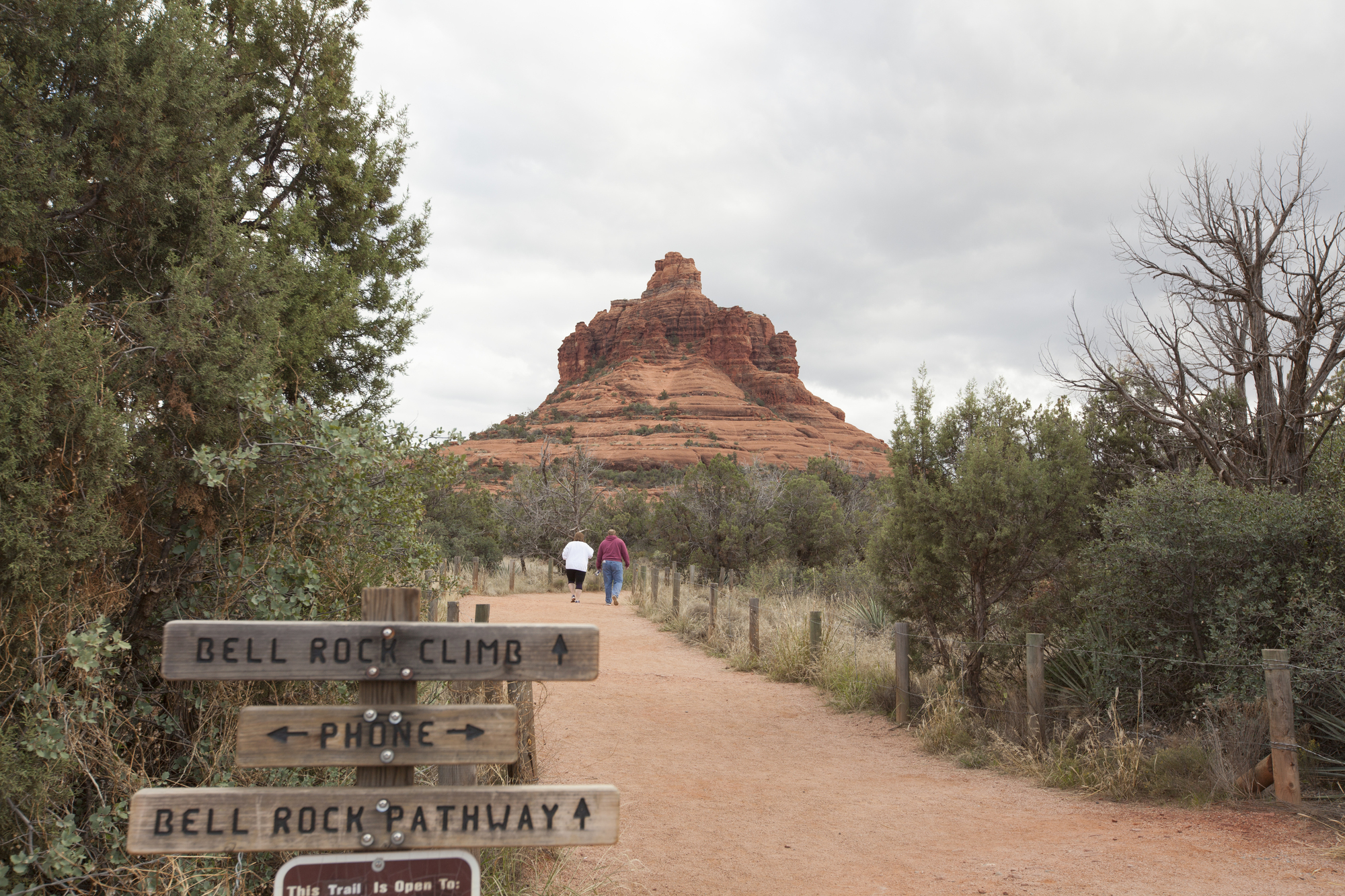
South America’s trails connect ancient history with natural splendor in ways impossible to fully capture through photographs alone. These routes reveal a continent where civilization’s oldest pathways continue serving modern travelers seeking a connection to landscapes largely unchanged for millennia.
The physical challenge of these journeys creates a deeper appreciation for both the natural world and the indigenous cultures that have navigated these remarkable terrains for countless generations before GPS or Gore-Tex existed.
More from Travel Pug

- Cities Growing so Fast You Won’t Recognize Them in 10 Years
- 13 Destinations Where Tourists Regularly Regret Their Trip
- 16 U.S. Cities That Are Quietly Becoming Travel Hotspots
- Where to Travel If You Love Long Bus Rides and Daydreams
- 20 Cities Perfect for Solo Travelers Who Crave Adventure & Culture
Like Travel Pug’s content? Follow us on MSN.
